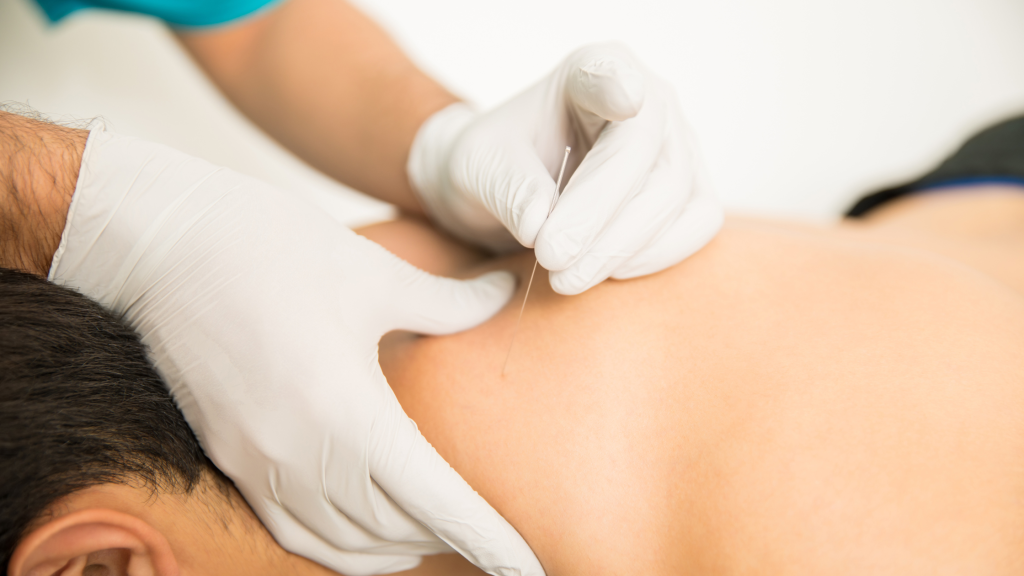Meet Jim Herman
It’s hard to believe that I’ve been a physical therapist for 25 years! One of the best decisions I made early in my career was to regularly take continuing education courses and can say that I got a lot out of each of these courses. Heck, I even met my wife at one of them. With each continuing education course I began to acquire new treatment techniques which led to a steady and progressive improvement in patient outcomes. For the first 16 years of my physical therapy career, dry needling wasn’t even an option on the proverbial treatment menu, but it has been one of the most effective treatment options that I’ve added to my arsenal of treatment options!

Insight Into Dry Needling
To give some perspective, while I love dry needling, I look at it as simply another tool in my list of treatment options. In fact, dry needling typically isn’t the first tool pulled out of my treatment toolbox because it is inherently invasive, but it’s an outstanding option when addressing muscle hypertonicity. Additionally, dry needling has proven to be very effective in treating issues that have traditionally been challenging to manage or resolve such as TMJ dysfunction, migraine headaches, spinal stenosis, tennis elbow, and plantar fasciitis to name a few.
Dry needling is great for patients with chronic issues that have not responded well to traditional manual therapy or if progress stalls as it can help restart the body’s innate healing process. Acute injuries can also greatly benefit from dry needling in that it can substantially decrease the amount of treatments necessary. Lastly, dry needling benefits the physical therapist by decreasing the wear and tear on your wrists and hands making it a career extender.
Dry Needling in Treatment Approach
So where does dry needling fall in my treatment approach? Typically I will start with joint realignment/joint mobility, addressing myofascial restrictions through trigger point releases, myofascial releases/soft tissue mobilization, cupping, and Graston. If these treatment approaches fail to get the results I am looking for then I will add dry needling to the other treatment approaches. There are times when dry needling will be implemented early in the treatment process, particularly when addressing the aforementioned diagnoses which I’ve found respond extremely well to dry needling. Additionally, I get patient referrals from chiropractors and other health care professionals specifically for dry needling because the treatment benefits are so dramatic for chronic, long standing injuries.
Dry needling is a wonderful enhancement and complement to all of the other traditional manual therapy techniques that physical therapists already utilize on a daily basis.
Questions? Check out these FAQs!
Dry needling is a physical therapy technique that involves inserting thin needles into trigger points or tight muscles to release tension, reduce pain, and improve function. It stimulates the body’s healing response and can complement manual therapy approaches.
Dry needling works alongside techniques like myofascial release, Graston, cupping, and trigger point therapy. It can enhance results, especially for patients with chronic or long-standing issues, by restarting the body’s healing processes.
Yes. Dry needling reduces repetitive strain on the therapist’s hands and wrists, helping extend career longevity while maintaining effective patient care.
Dry needling is minimally invasive. Most patients experience mild discomfort similar to a quick pinch or pressure. Its benefits in reducing chronic pain and accelerating healing typically outweigh the temporary discomfort.
Share this article:



